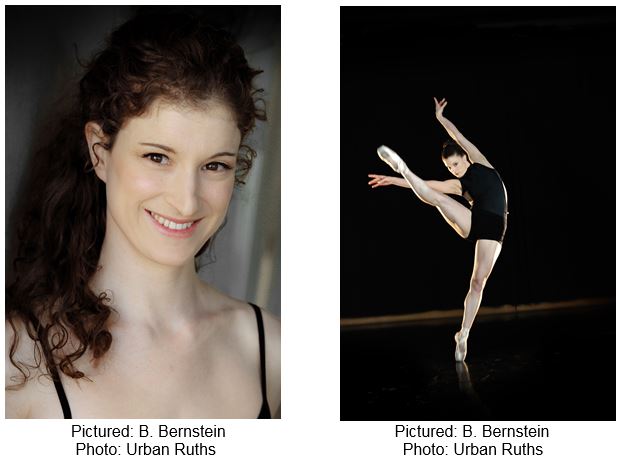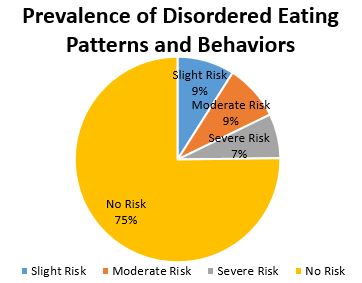Blog
Blog
iConference 2020 Enduring Materials - Part 3: Dance Research
From March through to August we will be sharing select presentations from our 2020 iConference; free and open access here on the IADMS blog and on our eLearning page. This month we have three presentations from the ‘Dance Research' theme. We also asked the presenters some questions regarding their experiences of being involved in our 2020 iConference.
Read ArticleA Young Dancer's Guide: What every young dancer needs to know about injury prevention and rehabilitation: Video from the 2014 Annual Meeting
Presented by Bobby Bernstein
Dance today is an athletically strenuous art form and many young dancers suffer from injuries. My co-author, Nancy Kadel, MD, and I have many insights into why these injuries commonly occur and how they can be prevented. The focus of this blog is on cross training for young dancers, one of the most important topics we discuss in “A Young Dancer's Guide: What every young dancer needs to know about injury prevention and rehabilitation”.
Read ArticleDancers - More Power To You!: Video from the 2014 Annual Meeting
Presented by: Jatin P. Ambegaonkar
Watching a dancer perform can be breathtaking and fun. Being a dancer is hard! This is because dancer’s movements often involve jumping and landing. To safely perform these explosive movements, dancers need good power in their lower body (Lower Body Power - LBP). Understandably, 70% of all dance-related injuries are to the lower body. Dancers are also supposed to have better balance than non-dancers. In athletics, sprinters with better strength and power and balance have better performance. In modern dance, aesthetic performance and jump ability are positively correlated to each other. However, research investigating potential interrelationships between LB power and balance among dancers is lacking.
Read ArticleThe female athlete triad in college dance students: Video from the 2014 Annual Meeting
Presented by: Amy Avery and Jane Baas
Diet and exercise is an important factor in addressing the health related problems of the estimated sixty seven percent of American adults who are overweight or obese.1 However, diet and exercise can also become a potential problem when mixed with a strong desire to become or maintain a very thin physique. Eating disorders can result from these desires, where harmful behaviors are used to lose weight or maintain a thin appearance.2 When taken to the extreme, the practice of excessive calorie restriction and expenditure can have severe health implications.3
Read ArticleDo Dance Professionals think about their health? Video from the 2014 Annual Meeting
Authors: Derrick D Brown, Matthew Wyon
Although it is recognised that ingesting quality macronutrients enhance dance training and performance, nutrition-related knowledge discrepancies and dietary inadequacies are still prevalent amongst student and elite dancers.
Read ArticleNutrition Research should drive advice and practice: which nutrients should the dancer be updated on and why: Video from the 2014 Annual Meeting
Presented by: Jasmine Challis
This blog looks at the information I presented at the 2013 IADMS conference in Seattle. It looks at an area where there is a lot of controversy and tries to steer a research based path to advise the dancer on current best practice considering the current evidence.
Read ArticleAlignment of the leg and its impact on the dancer's knee: Clips from the 2014 Annual Meeting
Presented by: Liane Simmel
Over the last decade as more and more acrobatic movements invaded the various dance styles, the strain on the dancer’s knees has largely increased. Training on hard, inappropriate floors or dancing choreographies in high heels can add even more problems. Pirouettes on the knees, knee drops, and even a plié in fourth position require particular leg stability and optimal mobility in the knee. But dancers often pay little attention to their knees. They are seldom specifically warmed up, directly trained or used consciously in everyday life. Nonetheless, their functionality is a top priority if dancers’ knees are to be kept fit and healthy.
Read ArticlePage 1 of 1

